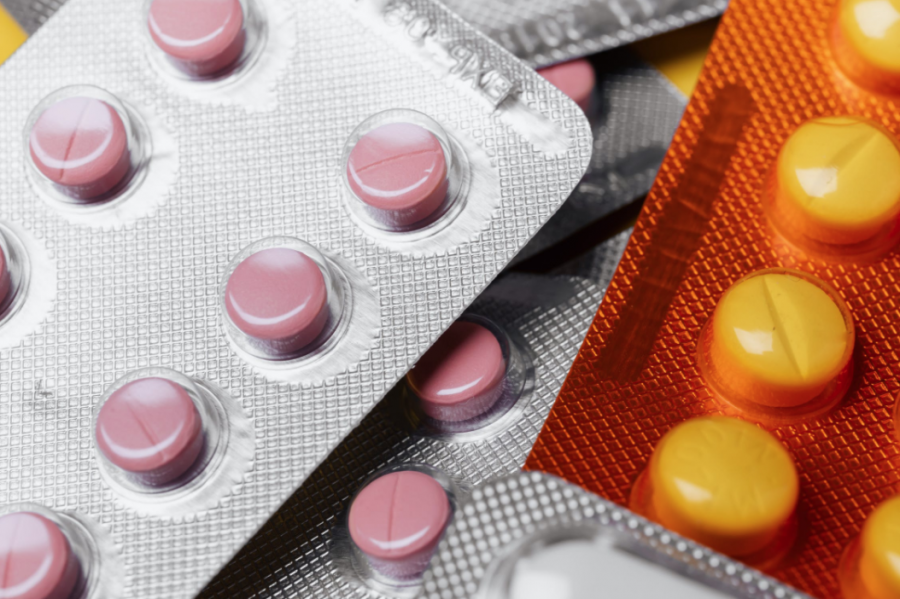When opening your pill bottle or popping a caffeine tablet out of those little metal sheets, most people are more focused on the medicine and what it will do for them than the packaging it’s housed in. While medicine and medical supplies can be extremely helpful, it’s important to note that proper packaging requirements can be just as important.
Just like any product, improper packaging can lead to a variety of problems, and it is extra important with medical equipment that needs to be sterile upon use, such as IV needles or swabs for various diagnostic tests.
Packaging Testing Requirements
Any test that is designed to validate the integrity of packaging for medical supplies is categorized as ISO 11607 tests. These tests are specifically designed to test the strength and resistance of the seal on the product packaging, how it holds up during distribution, and how well the packaging ages.
This is one of the longer parts of the development process, as the tests can take anywhere from one to six months depending on the shelf life of the device. Before any testing is done, it also needs to be sterilized, as it would be sterilized in a real environment outside of testing.
The specific testings include:
- Real Time aging of packaging and seal
- Accelerated aging of packaging and seal
- Distribution simulation
- Package Strength testing
Many of these packaging production processes have been converted to an assembly line type of production method. One example of this is the process of lateral flow test assembly kitting. Through this process, each portion of the lateral flow test assembly process is broken down in a sterile dry room, from the assembling of the test strips in large sheets, the cutting of the sheets into strips, adhering the strips on the inside of the cassettes, assembly of the cassettes, and finally the packaging of the cassettes within sterilized pouches. Once sealed in pouches, the buffer used with the cassette for testing is kitted together with several pouches of cassettes into a box and prepared for distribution.
Consequences of Improper Packaging
Having proper packaging is extremely important in the medical industry. Any kind of contamination or desterilization of medical equipment can have a variety of harmful consequences. For diagnostic tests, contaminated products due to insufficient packaging can result in inaccurate test results which could then lead to improper treatment for a condition that might not truly exist.
For medications, improper packaging could result in deterioration of the tablet due to moisture, chemical reaction, or crushing due to physical impact. In the case of capsules, any moisture or humidity could easily eat away at the gel capsule, releasing the contents.
Lastly, any kind of contamination to medical supplies that come in contact with things like a patient’s blood supply could introduce diseases and microbes into the patient’s body.
When it comes to the medical industry, the packaging on medical products and tests are almost as important, if not more important, than the products themselves. The strict requirements and rigorous testing for medical packaging ensure that your medical supplies will stay sterile until use, allowing for the best results without any risk of harm when using them.

